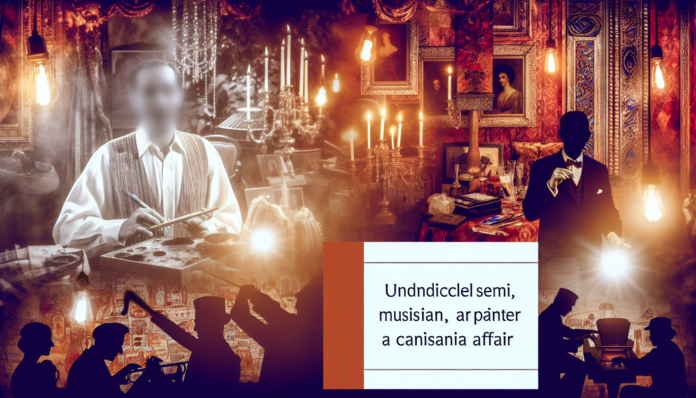Introduction
Jean Cocteau, a luminary of French art and literature in the early 20th century, captivated the world with his poetry, novels, and films. Yet beyond his acclaimed works lay a series of scandalous love affairs that not only shocked his contemporaries but also embedded him deeply in the fabric of Parisian bohemia. Cocteau’s sexuality and romantic entanglements unfolded against a backdrop of shifting societal norms in post-World War I France—a time marked by both liberation and lingering conservatism regarding love and desire.
The Scandal
At the heart of Cocteau’s tantalizing stories are his relationships with men, especially his much-publicized affair with poet Raymond Radiguet. Their romantic involvement blossomed in 1918, when Cocteau was 29 and Radiguet just 17. The age difference, coupled with their intimate connection, sent ripples through the literary circles of Paris, igniting fervent discussions about morality, art, and the boundaries of modern love.
Cocteau’s work took on new meanings against the backdrop of their passionate, yet tumultuous relationship. Radiguet’s tragic death from typhoid fever in 1923, just as their relationship began to fade, sparked a wave of grief and speculation. He left behind a body of work that was both a reflection of his love for Cocteau and a profound insight into the complexities of youthful desire.
Notably, in his novel “Les Enfants Terribles,” Cocteau explores themes of obsession and illicit love, mirroring his tumultuous experiences with Radiguet. Critics and fans alike debated the nature of their connection, with one contemporary observing, “In their love, Cocteau was blurring the lines between genius and desire—either a triumph of art or a downfall.”
Moral and Cultural Analysis
Society’s reaction to Cocteau and Radiguet’s affair was multifaceted. On one hand, the 1920s in Paris heralded a cultural liberation; the avant-garde movement celebrated the exploration of human emotion and sexuality. Yet, despite this atmosphere, traditional moral attitudes still clung on. Many regarded Cocteau’s relationships as scandalous—their age difference alone incited gossip and raised eyebrows.
In contrast, today’s cultural landscape is radically different. The acceptance of LGBTQ+ relationships has transformed societal norms. While age discrepancies still provoke discussion, modern audiences are often more focused on consent and emotional maturity than rigid societal expectations.
The reverberations of Cocteau’s affairs reached beyond personal embarrassment—they influenced art, literature, and the discourse surrounding love and identity. Today, such tales would be met with both curiosity and empathy. The narrative of love and loss would resonate, but with a more nuanced understanding of human relationships and the validity of sexual identity.
Key Takeaways
-
Cultural Context: Cocteau’s affairs unfolded in a postwar Paris that struggled between artistic freedom and societal constraints.
-
Public Reaction: While some praised his work and bold expression, others criticized him, revealing the era’s complex relationship with sexuality and fame.
- Contemporary Reflection: The story of Cocteau and Radiguet continues to inspire dialogue about love, age, and identity, illustrating both progress and the ongoing challenges that remain in society’s moral fabric.
In this rich tapestry of forbidden desire, Jean Cocteau remains a compelling example of how love’s narrative intersects with cultural evolution, illuminating the timeless complexities of human connection.

